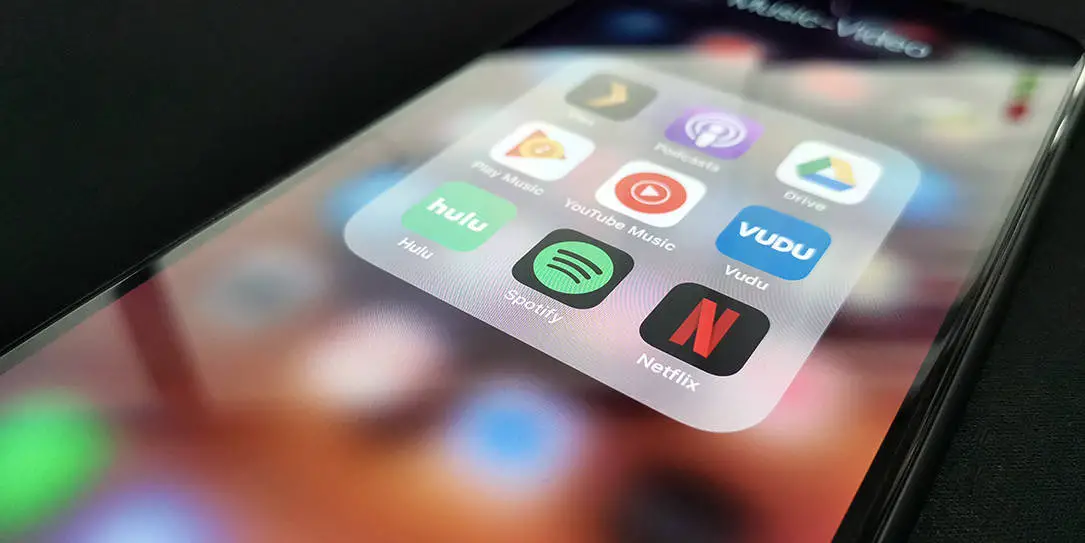It’s 2019 and TV is already meeting with the notion of going completely obsolete in the coming few years. We don’t blame it. As the age of artificial intelligence draws closer, content viewing practices are switching from the conventional ones to augmented reality, motion-control and other similar types. Technology is progressing at an exponential rate, and the behavior and preferences of TV audiences have changed tremendously in just a few years.
Even the media industry giants which were once standing atop the TV ratings are now opting to make their content available online. Many experts believe the face of TV will completely reshape in a couple of years from now. They have therefore made a few predictions which they think could help in determining the future of cable TV.
All this time, when cable TV was considered the only source of entertainment and content viewing, people gained access to visual content by paying a monthly, quarterly or yearly subscription fee. There were bundles or packages available through which consumers could choose the channels they wished to watch and pay accordingly.
However, there was a slight problem with these packages, which the customers wished didn’t exist. For instance, if a customer wanted to watch HBO, they opted for the package which offered HBO. The downside with that was that the package also included other channels which made it a less than a desirable monetary burden.
This rigidity of cable TV packages drove a vast majority of customers to subscribe to online platforms. The cable TV subscription method was pretty cost-effective, largely speaking, especially when compared to subscribing to each channel separately, but lacked in giving customers a sense of freedom over what they wished to watch. On the contrary, digital content platforms not only offer quality content with a wider variety but at a comparatively lower subscription fee.
Another thing where cable TV stands second to online streaming platforms is the medium’s need for advertisements. TV channels have long survived on the revenue they generate from running advertisements, and the number of ads aired on a channel has always been directly proportional to the revenue earned by that channel. However, despite the little advertising that goes on the new online platforms, the fact they rely fully on their subscription models is what makes them better than cable TV channels.
Experts predict that in the future, even cable service providers would opt for subscription-based revenue generation, through which they would allow unbundling to their customers. Alongside this, TV channels would opt for targeted advertising. If you only have a vague idea of how targeted advertisements work, then allow us to explain it to you.
Ever noticed how Facebook shoots ads on your feed, every time you mention something to a friend or search it over Google? This is how Facebook figures out your current preferences and shows ads based on them. Google, too, shows you ads based on the same method. You search for something over the internet and… Bam! The next thing you’ll see is a display ad related to your query. Doing this allows brands to target their preferred audience directly. Because of this, they not only save a lot of money but also get their message across to someone who is in need of their product or service.
Thanks to the tech-geeks at Google, Microsoft, and Facebook, we can now experience firsthand whatever happens on our TV screens, by making ourselves a part of it through Augmented or Virtual Reality. Just as we grew up watching similar phenomena in our favorite movies and TV shows (how the actors ‘teleported’ themselves in the past and how their fancy holographic computers interacted with them), now that can all be achieved through AR/VR – technologies now becoming integrated with our TV sets – so we can turn our boring cable TV channels into something we’ve all been secretly wishing for.
It would therefore not be an overstatement to say Cable TV is going through a downfall and is looking up to the latest technological breakthroughs to save it. Everyone wants to opt for online content streaming platforms. With these platforms gaining users by the second, it is important for cable TV to either accept the downfall it faces or come up with better deals like Spectrum TV to keep its customers hooked.
As has been mentioned above, cable TV is losing subscribers because of the several extra channels customers are forced to pay for, while only a handful are the ones they actually want to watch. People are realizing this and are quickly switching to options such as Netflix, Amazon, HBO, Hulu, and others. In the coming years, the current online platforms of visual content, therefore, seem all set to become top leaders of the online content streaming industry.
What do you think of the fate of cable TV? Let us know in the comments below or on Twitter, or Facebook. You can also comment on our MeWe page by joining the MeWe social network.
*This is a guest post and all thoughts and opinions are those of its authors and do not reflect on Techaeris or its staff.
Last Updated on February 3, 2021.











